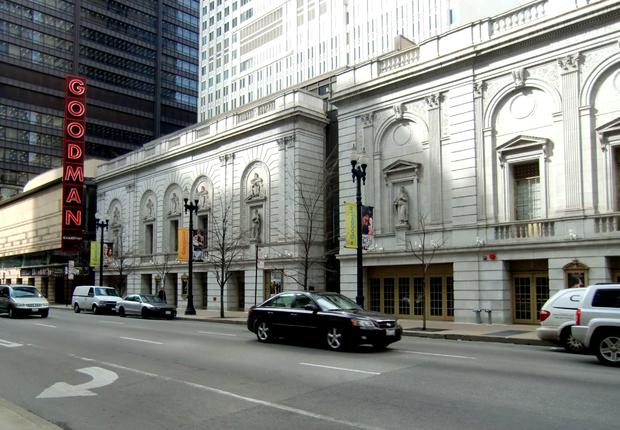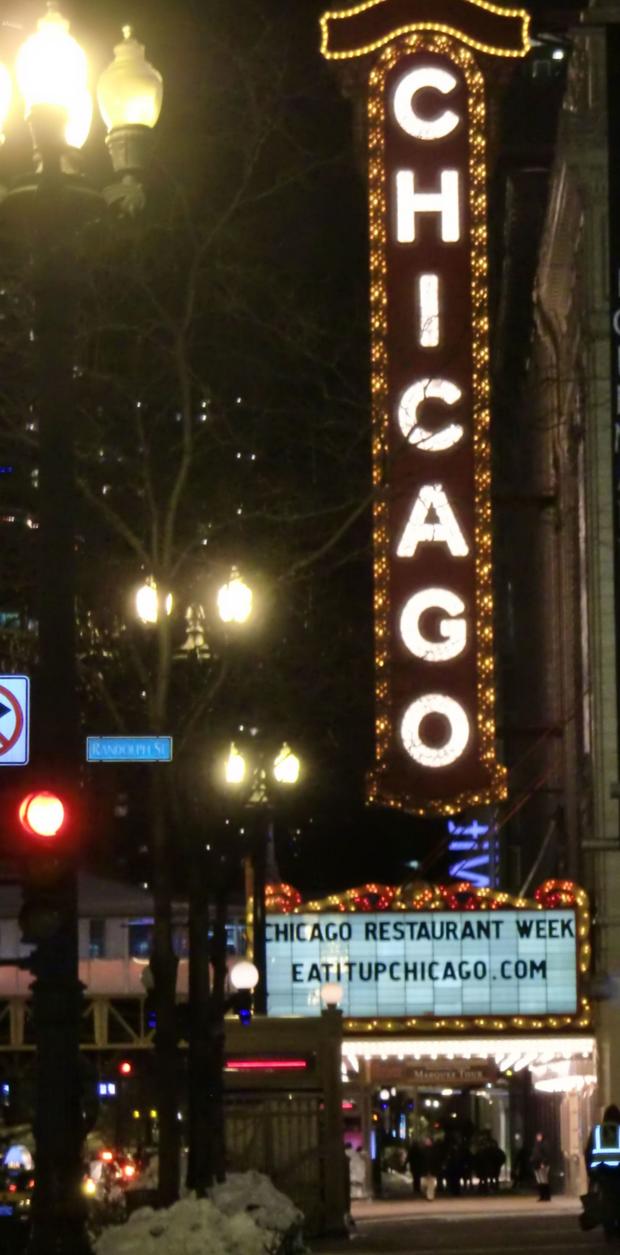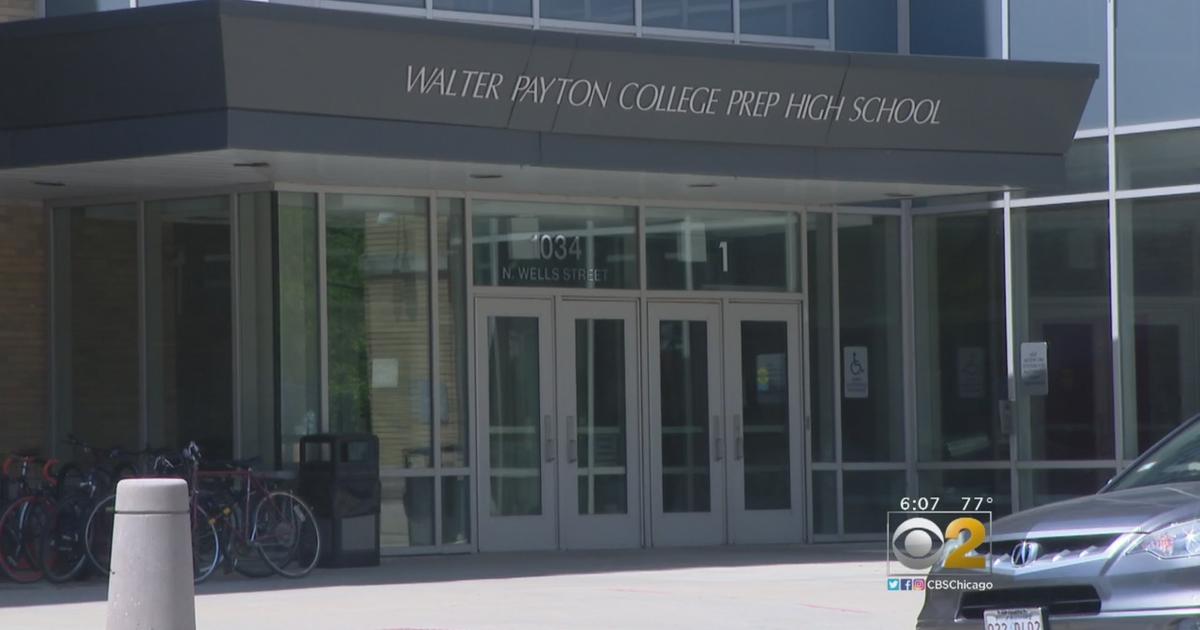Best Theaters In Chicago
There are so many shows going on at any time in and around Chicago, that choosing just one is akin to sorting through Santa's giant bag of presents. But when it comes to making a recommendation to a visitor with only one night to catch a show, consider the venue. No matter whether the city's critics gave the show four stars or only sort-of recommend it, the visitor is likely to leave impressed if the theater is historical, ornate or atmospheric. The theaters listed here all have something special going for them beyond whatever production is on stage.
Auditorium Theatre of Roosevelt University
50 E. Congress Parkway
Chicago, IL 60605
(312) 341-2310
www.auditoriumtheatre.org
No matter whether a ticket is for the balcony or main floor, the view inside the Auditorium Theatre is astonishing. Hundreds of light bulbs line overhead arches. Murals and gold leaf trim seem to say this place is special. Designed by Dankmar Adler and Louis Sullivan and contributed to by their then-draftsman Frank Lloyd Wright, the Auditorium Theatre so impressed President Benjamin Harrison and Vice President Levi Morton at its 1899 opening that they convinced Congress to designate Chicago as the site of the 1893 Columbian Exposition. Theater goers won't have trouble hearing at this venue. The space was designed as an opera house which explains its deliberate grandeur and perfect acoustics. The building received National Historic Landmark status in 1975.
The Chicago Shakespeare Theater on Navy Pier
800 E. Grand Ave.
Chicago, IL 60611
(312) 595-5600
www.chicagoshakes.com
The contemporary glass and metal Chicago Shakespeare Theater building looms tall at the east end of Navy Pier. Its views of Lake Michigan and the Chicago skyline are stunning. But visitors should definitely not judge this "book" by its cover. Because when the lobby doors open to the Jentes Family Courtyard Theater inside, show goers are enveloped by an atmosphere that combines the Royal Shakespeare Company's Stratford-upon-Avon Swan and the London's Globe. Seeing a show here means experiencing close interaction with the players. The theater has a thrust stage with seats on either side, at the rear, and over-looking it from the Dress Circle and Gallery. Actors play to all sides as they would in a theater-in-the-round. Yet, even when their backs are to the audience and they are not miked, their words are heard because the acoustics are so good. Seeing a show here is an experience for the Courtyard Theater, itself, and as a visit to Navy Pier, a top Chicago attraction.
Goodman Theatre
170 N. Dearborn St.
Chicago, IL 60601
(312) 443-3800
www.goodmantheatre.org
Each of the two homes that the Goodman Theatre has occupied during in its 90-year history would have been worth a visit. First was a space connected to the Art Institute of Chicago. When Goodman needed to expand in the 1980s, the City of Chicago encouraged it to take over the site of the twin abutting Harris and Selwyn Theaters built in 1922 and later bought by Michael Todd. The result is a theater building that reopened in 2000 that includes the 856-seat Albert Ivar Theatre and the 400-seat, flexible, thrust-type Owen Bruner Theatre. Looking at the outside, a passer-by would appreciate the way Goodman kept the historic outside facade of the old theater buildings while gutting the inside and adding new construction at the next lot to the south on the former Woods Theater site. Inside, the Albert Ivar Theatre is a surprise. Its oak balconies exude a friendly feel at the same time that their surrounding limestone give a contemporary courtyard look. Sight lines and acoustics are excellent but the theater is also a good night-out choice for its downtown location near Daley Plaza and several restaurants.
Related: A Night At Chicago's Lookingglass Theatre
Oriental Theatre
24 W. Randolph St.
Chicago, IL 60603
(800) 775-2000
www.broadwayinchicago.com
Hardly any warning that the Oriental Theatre is spectacular can prepare show goers for its lobby and house. No matter what is playing on stage, this is a place to go for its mosaic East Indian royalty, Buddhas, elephants, griffins, peacocks, marbleized columns and gold leaf detail. Cornelius W. and George L. Rapp designed the theater as a movie palace for Balaban and Katz in 1926. Once favored by Al Jolson, Judy Garland, and later, Stevie Wonder, the theater was closed in 1981 and didn't reopen until the city pushed for its restoration in 1996. It returned in 1998 as the Ford Center for the Performing Arts after it was brought back to its former magnificence by Conrad Schmitt Studios working with the Daniel P. Coffey and Associates, Ltd architecture firm and consultants Roger Morgan and Associates. By the way, it's OK to gape at its interior. Everyone does.
The Chicago Theatre
175 N. State St.
Chicago, IL 60601
(312) 462-6300
www.thechicagotheatre.com
Chicago loved its movie palaces. Even though some have been razed, some converted to other uses, there are some such as the Chicago Theatre and Oriental that have risen from the dead. Where the Oriental exudes over-the-top exotic atmosphere, the Chicago Theatre, just around the corner on State Street, is about pomp and Baroque. Also designed for Balaban and Katz by Cornelius and George Rapp - but five years earlier in 1921, the Chicago Theatre transports its ticket holders to a world of Parisian luxury. The grand staircase was influenced by the one in the Paris Opera House. The Lobby takes its high notes from Versaille's Royal Chapel. The two theater's history is a similar story of hosting stars. Benny Goodman played the Chicago Theatre, as did Duke Ellington. Shuttered as usage declined, it came alive again with aid from the city to reopened with Frank Sinatra in 1986. Owned now by Madison Square Garden, Inc, it is again used primarily as a venue to showcase entertainers on tour. Aside from seeing a show at the theater to catch an act or ogle its lavish decor, another reason to go is because the building with its tall, vertical sign is often used to symbolize the city.
Related: How To Get Involved In Chicago's Theater Community
Jodie Jacobs is a veteran journalist who loves writing about Chicago, art, theater, museums and travel. Her work can be found on Examiner.com.






